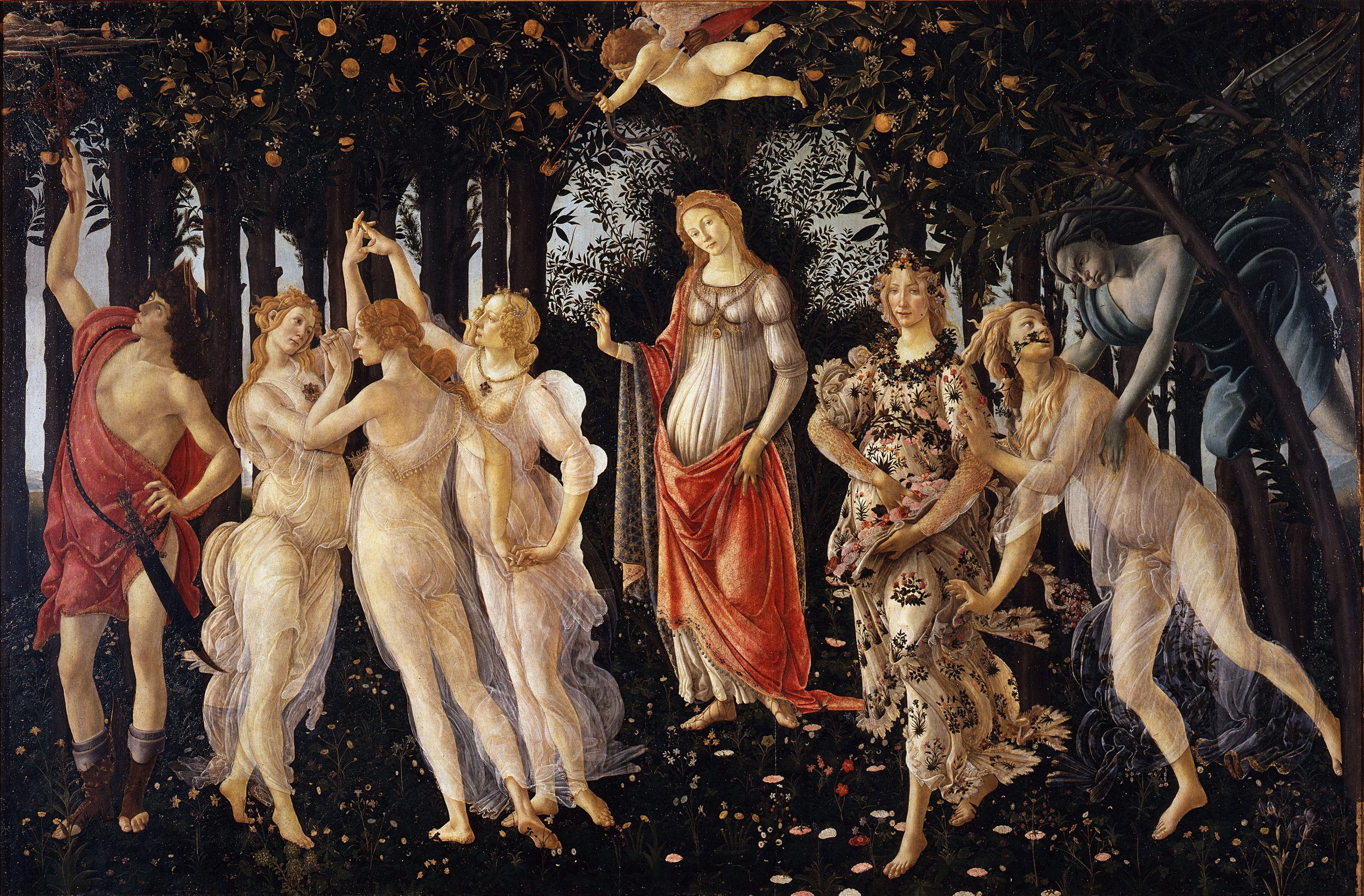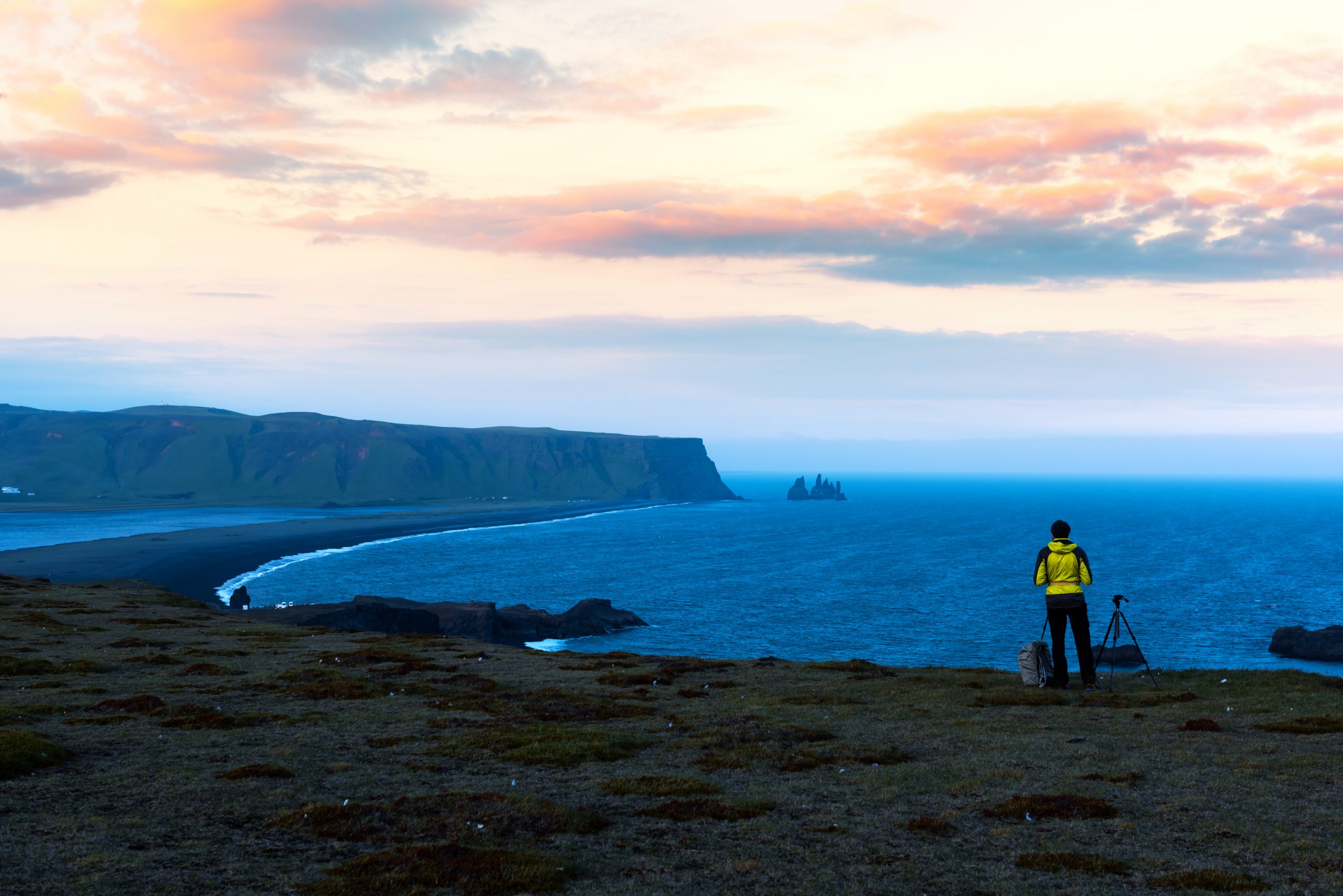With a title inspired by an aphorism from Polish writer Stanislaw Jerzy Lec, Romanian writer-director Radu Jude’s latest dark comedy “Do Not Expect Too Much from the End of the World” takes a sharp satirical swipe at the bleak realities of modern life under neoliberal capitalism. Through the story of an overworked and underpaid production assistant, his film explores the perils of exploitation, death and the new gig economy.
Broken into two segments, Part A follows a P.A. named Angela (Ilinca Manolache), as she drives around Bucharest working on a corporate workplace safety video. Angela attempts to balance her work — including filming the bleak stories of injured workers and picking up a morally dubious Austrian marketing director played by Nina Hoss — with her personal life as she tries to help her mother with a legal mishap involving a disreputable cemetery, her recently buried grandmother, and the mega corp Deloitte.
Angela’s seemingly never-ending workday is punctuated with vulgar commentary on everything from Queen Elizabeth’s funeral to Putin’s invasion of Ukraine by her TikTok alter-ego Bobiță, and contrasted with scenes from Lucian Bratu’s 1981 film “Angela merge mai departe,” about a taxi driver, also named Angela (Dorina Lazăr), navigating life in pre-revolution Bucharest. Part B unfolds in what appears to be one unbroken shot as P.A. Angela and the production company attempt to film the work safety video, but find the story behind the chosen employee’s accident and the multinational corporation’s ultimate agenda are fundamentally at odds with each other.
Jude is no stranger to the world of dangerously long days on film sets or soul-crushing corporate filmmaking; His own experience directing a work safety video inspired the worker’s tragic backstory in Part B, and P.A. Angela’s constant struggle against exhaustion as she pushes back against the harsh work hours inflicted on her finds its inspiration in a production assistant Jude once knew who was so overworked they died in a car crash after falling asleep at the wheel. Jude told Mubi Notebook that during the film’s 22-day shoot, the crew only worked for 8 or 9 hours per day.
RogerEbert.com spoke to Jude over Zoom about his many media inspirations, the found poetry of everyday life, TikTok filmmaking in relation to silent cinema, and the issues that arise because of image manipulation.

You seem like what I like to call a media magpie. You pull from all over the place; you pull from film, from literature, from theory, from poetry. I’m curious, as you’re reading and consuming and watching, do you write things down? How do you contain everything that you take in?
Whenever I find something that could be of interest, I note it down. I have a lot of folders with films, with photos, with paintings with text, with quotations, and when I am working on an idea for a film, while I develop it, sometimes I look into these things and then put them together. Then I put together more things and more things until there’s enough to start reorganizing the notes in the form of a script, and then it becomes a film. So yeah, I note them down, because otherwise you forget them, first of all. You always have the feeling that you’re not going to forget. But when I look at these notes, even after a few months, it’s like they are new.
Do you find that in between making films you read a lot? Or even while you’re making a film?
Well, I’m always making a film or developing a project. So I’m doing it all every day. For the texts, I have them in folders of Microsoft Word documents. The problem is that after 500 pages, it’s difficult to operate. So I have many folders of 500 pages.
I wanted to ask specifically about poetry, because I noticed, obviously, at the end of the film, you quoted Japanese poets. The title comes from a poet. You’ve talked in the past about Bern Porter’s theory of found poetry. I would love to hear your thoughts on the way you infuse poetry into this film, or just as a filmmaker.
Do you like Bern Porter?
I think he’s really fascinating. He was an artist and a scientist. I think art and science are always in conversation.
I like him very much. And now speaking about poetry. First of all, I think that all arts are poetry in a way, so all poetry is something that, if things are good, is in everything. My vision of this could also be summarized by another Japanese poet, Ryôkan, who used to say “You say my poems are poetry? They are not. But when you see they are not, then you see the poetry of them.”
Oh, that’s amazing.
So this is it. And then, of course, I’m reading a lot and basing my research on a lot of text, a lot of books, a lot of images, and they see them as one. I see them coming together into something. Film is a medium that can contain a lot of things. For instance, in poetry you cannot put a film or a painting or a photograph, well a photograph maybe, but in a film, you can put poetry, you see. So I see cinema as an ocean where all these kinds of rivers can become the ocean so to speak, they lose themselves. So I see cinema where you can put a photograph or a poem or whatever it is, some images from the internet, and it still remains cinematic.

You’ve spoken a lot about how TikTok and Instagram, in a way, is cinema, and it is almost harkening back to early cinema. As soon as Instagram had videos in stories, I was like, “Well, this is like 1901 all over again”. So I love you bringing that up because I think it needs to be said. But I also love the way you integrate so many different formats, including TikTok, into your film, and how it harkens back to this idea that Eisenstein had about images talking to each other and the collage of editing and art in general. Can you talk a bit about taking those essential early ideas of cinema and bringing them into this new TikTok world? Even though this is a three hour movie, it still feels aligned with TikTok, in my humble opinion.
Thank you for this. I cherish this question because I am interested in all the things as well. I know I sound like an old criticizing, person, but what I mean is that sometimes people are not interested in older things because they’re old and they’re obsolete and gone. But I strongly believe that in what is obsolete and what is already gone hides some potentialities that the new contexts that we are in all the time can offer a new power to them and the new way of life.
You look at the silent film, and it looks obsolete but at the same time you discover that some of the things there you can reinterpret them in the new context and and it’s, again, it looks much more modern. I think it’s the same in literature. When you read [François] Rabelais or [Miguel de] Cervantes, these writers seem, because they are primitive, much more modern in a way. It is the same thing with modernist art with [Constantin] Brâncuși and Picasso looking to primitive art or African art, which was considered primitive at the time, and seeing in this so-called primitiveness a kind of possibility to infuse their art with energy somehow.
I think film theory and film history and film criticism are so important, because you discover things. Someone has to keep them alive otherwise they’re gone.
Silent film is one of my specialties, so I love that you’ve been bringing up this point since this film’s premiere. When I watch Méliès, for example. I’m always in awe. I don’t want to know how he turned himself into a dragon. I just love it. It’s still so energetic.
Yes, but Méliès is really a poet! It’s very poetic somehow. Like his films with people going to planets or the moon or into space.
Talking about new media, the TikTok avatar Bobiță was created by Ilinca Manolache before you cast her as Angela in the film. And so you have multiple layers of social criticism through your lens through her lens, through his quote-unquote lens, through the lens of the TikTok filter. Can you talk a bit about all those different lenses and how they kind of refract each other, even though they’re layered on top of each other?
The filter is the new Méliès, I think. Did you see Trump using them?

Yeah. I think filters, in general, are a way to mask but unmask at the same, right? You get to hide yourself, but you get to say what you really feel. I love that tension.
Yeah, me too. I think it is fascinating. But everything that happens around images today is fascinating. I mean, it’s fascinating in both ways. It can be shocking, and you can be scared about the processes that can change you, our jobs and cinema forever. But at the same time, I think I am really happy to be living in such a time, you know, where things are so exploding somehow.
I wanted, in the film, to have a little bit of rumination about cinema, cameras, along these lines, and also to offer them for analysis and for interpretation. And, I don’t know if I succeeded. I can just speak about my intentions to make viewers aware of what the image is. The problem with images is that they are so easy to grasp, apparently. You see a photo, let’s say, and in a second, you don’t need anything more to understand it in such a brief moment. You have a film and everybody, when they see a film, they really have no reservations to offer their opinions, you know? While for other things, like contemporary music or contemporary painting, people will sometimes have more reservations.
I think this is not only because cinema is popular, which I think is great. But also because the images seem so easy to grasp. But actually, they are not that easy at all, if you start thinking about them — when you try to understand them from a philosophical point of view, from a historical point of view, from an ethical point of view, from sociological point of view, they are extremely diffic
ult to grasp. Nowadays, actually, I honestly don’t know how to understand the images around me in a certain way because the relationships they have, or they used to have with reality, doesn’t exist.
I mean, I look at you and I have to believe that you are Marya E. Gates and not someone with a deep fake that can pass as you. You have to believe it’s me, etc. And we don’t realize how difficult this process actually is, how complex it is.
I tried with all these things to offer a little bit of my own preoccupation with the construction of images today. And to see them also as, if not beautiful, at least interesting, intrinsically interesting.
Your previous film was called a sketch. And this one has been sometimes also called a sketch. I love the idea of a sketch being sort of unfinished and the audience has to fill in their gaps, so it’s a litmus test for how they feel while watching. What are your thoughts on the interactivity of your films?
This one is not called the sketch. It’s true that the previous had this title, but you’re right, that it is like a sketch as well in certain ways. I believe I am interested in this. Do you know of any books that theorize these sketch forms? Because I didn’t find anything.
Not really theory, but the closest thing I could think of is something like those “choose your own adventure” books.
Choose your own adventure?
Yeah, have you heard of that? They’re children’s books that are popular in America where you have a main story and then you have like three or four alternate stories. It’s similar because the audience gets to choose how they want to end it, but it’s not quite the same.
I haven’t made films in this way, but I would like to. I would like the audience to be more involved, but I think that one of the pleasures of watching or reading is that you don’t have to do this work. But, if I’m interested in sketch, I think it’s exactly what we discussed about silent films. That’s a sketch because it’s not well rounded work. There are things that go out from the norm, I think richer in a way, although it might be made rougher and in broader strokes. But, even this can create a kind of an opening, it’s more open. A masterpiece is something closed. A great work of art is closed, and of course we can admire it, etc. But I prefer work or projects which are not perfect, but are more open, or open in more directions. I’m interested, as a viewer, to be open to those things than to admire the perfection of something.

I wanted to ask about the last sequence, which sort of calls back to your first film and has some of the same cast. You sort of redo it the same way that Ozu did a few times. In doing that, did you find new layers? Especially, as this was based on a real experience.
It’s true that the second part of the film has connections, or is almost a sequel of the previous film. But the focus is different. Because the focus in the first film was more on family relations, while this film is more about the creation of imagery and on the political aspect of all of these things. This changes everything, in my opinion, because even if it’s the same, if you change the angle, like if you’re looking from the back, you see other things than looking from the front. I guess for me, that’s the main difference
But also in the description of the space a little bit. I’m really proud of that shot because of what the space of it contains. All the architecture is like an essay about the architecture of Bucharest in one shot; you have a communist style building and the factory and then a nouveau riche villa and an atomic bunker and even a small dog house there. It’s like a microcosm. Maybe that kind of space is not interesting to everybody, but for me, I’m interested in urban spaces. I think it’s really great to have found this place that contains everything somehow cramped together.
I noticed when she’s driving around, you often pan to signs, like “Bucharest Martyred City,” etc. In your everyday life when you’re walking around, are you the kind of person who stops when you see something that’s really interesting and takes a photo? I’m always late because I do that. You strike me as someone who probably does that, too.
Oh, yeah, absolutely. I do that all the time. And also, because I have social media, I’m on Instagram and I’m on Facebook, etc., that’s the great thing about it, because you can take something from others. But, it’s interesting that you mentioned “Bucharest Martyred City.” Do you know the story of that?
I don’t know the story.
You see, it’s interesting because after the 1989 revolution in many cities, people who were killed in the revolution in these cities, so they decided to call them martyred cities and to add these signs to the entrance of the city. That was 33 years ago, the 1989 revolution. But now since life in this city has become so horrible for many because of the lack of public transportation, or of good public transportation, because of the pollution because of everything, so all of a sudden, the origin of this sign is lost. And, and they have a new meaning, in my opinion.
Martyred city is like, you know, it’s a tortured city nowadays. So I played a little bit with these signs and with their hermeneutics if you want. But also what I try to see, and this is where Bern Porter, which we started with and we end with him, comes into play. I think Bern Porter is someone who taught me to see poetry everywhere. I try also to see these things at least as interesting if not outright poetical. I always think poetry exists more in the meeting of someone who looks at things in a certain way. Like, I find very poetic your red hat and green sweater. It’s like a complimentary contrast.
That reminds me of in one of Fellini’s memoirs where we wrote he had just had surgery and he said that he looked at this bench and he saw nothing. And that’s how he knew he wasn’t in a good space because normally he looked at the bench and he’d see a whole world. It’s one of my favorite anecdotes from him, and it’s something I tried to live by too.
Which one of his books?
It’s in Fellini On Fellini.
John Cage had this kind of attitude. I learned a lot from John Cage as well. If the works of art are well made, I think they send you to reality somehow, not to themselves. This is why I mentioned that I’m more interested in the sketch because it sends you to life, to real life, while a great work of art takes you prisoner somehow.





